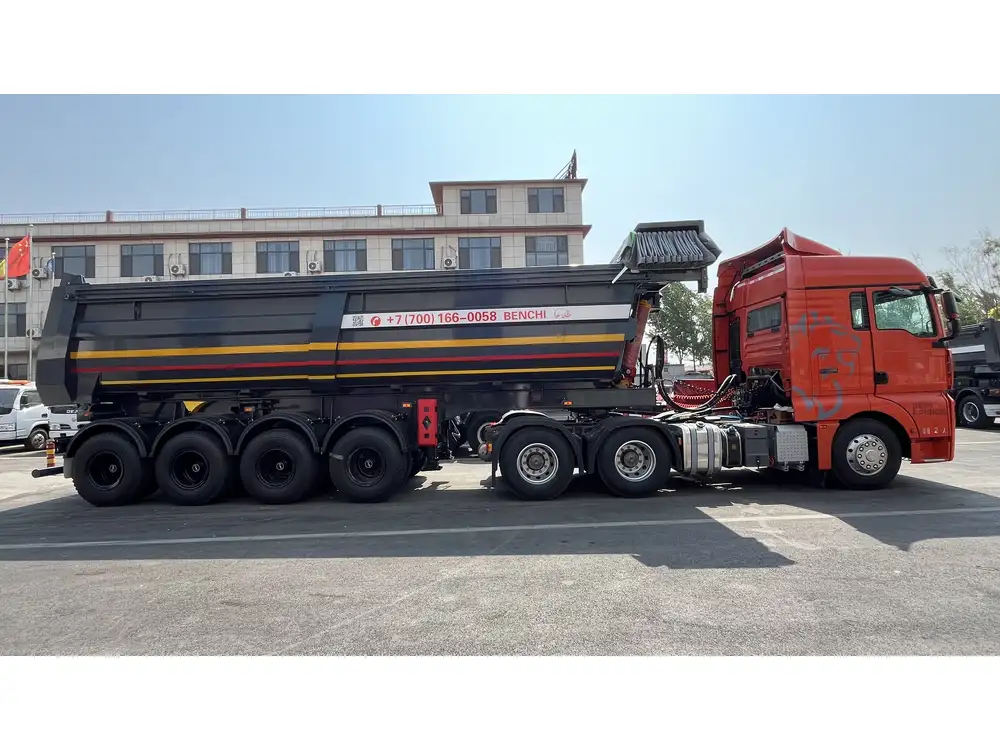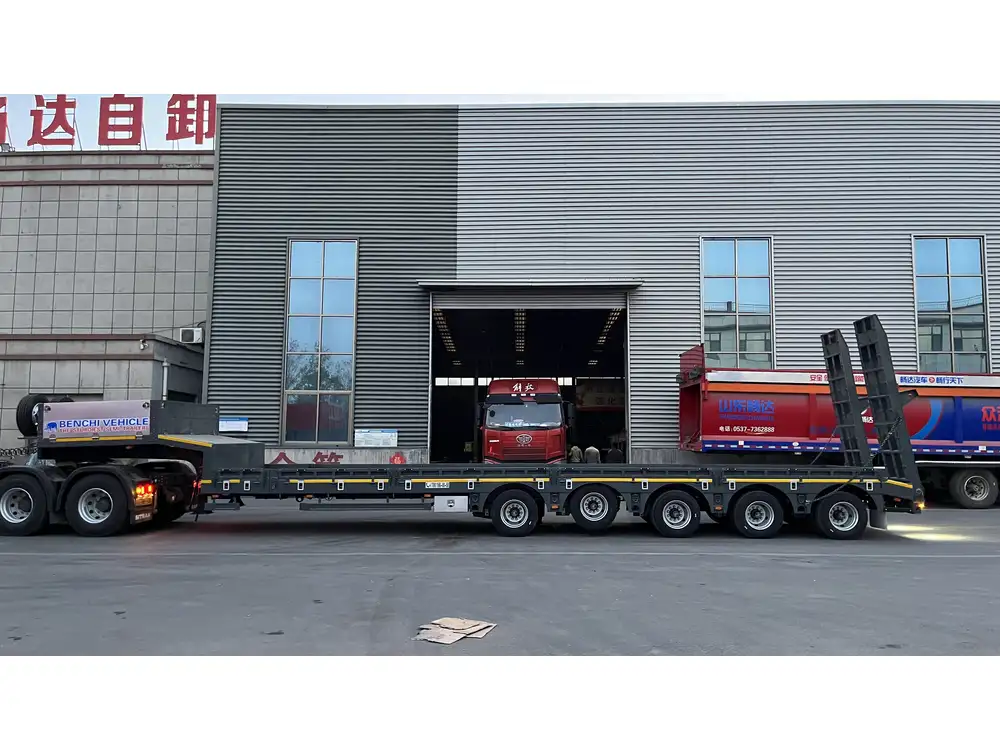Transporting an All-Terrain Vehicle (ATV) safely is imperative for both protection of the vehicle and compliance with safety regulations. When utilizing a dump trailer, there are several steps to ensure that your ATV is secured properly, preventing movement during transit. This guide provides detailed insights, methods, and best practices for securing your ATV effectively.
Understanding the Importance of Proper Securing
Securing your ATV within a dump trailer is not merely a best practice; it is essential for safety. Properly secured vehicles minimize the risk of accidents on the road, protect the suspension and frame of the ATV from undue stress, and prevent damages to the trailer itself. Additionally, securing your ATV can help avoid any potential legal implications stemming from transportation-related accidents.
Potential Risks
- Movement and Damage: An unsecured ATV could shift during transit, damaging both the vehicle and the trailer.
- Legal Issues: If your ATV causes an accident due to poor securing, you could face liability.
- Increased Insurance Costs: Repeated claims from transportation damages can raise insurance premiums over time.

Step-by-Step Guide to Secure an ATV in a Dump Trailer
1. Preparing Your Dump Trailer
Cleaning and Inspection
Before loading your ATV, inspect the dump trailer for any debris or damages. Clear out any loose items that could obstruct your vehicle or cause damage during transportation.
Checking Tire Pressure
Ensure that your dump trailer’s tires are adequately inflated. Poor tire maintenance can lead to blowouts or accidents.
2. Loading the ATV
Position the ATV
Park your ATV on a flat surface to prevent it from rolling. Unless otherwise specified, the best practice is to load the ATV facing forward. This orientation promotes stability and weight distribution.
Using a Loading Ramp
Utilize a loading ramp to gently guide the ATV into the trailer. Ensure that the ramp is securely attached to both the vehicle and the trailer to avoid slippage.

3. Securing the ATV
Securing the ATV properly involves multiple components: straps, wheel chocks, and secure anchor points. Each step is crucial in ensuring your ATV is stable during transit.
A. Choosing the Right Tie-Down Straps
- Types: Use heavy-duty ratchet straps or cam buckle straps, both designed to withstand considerable tension and load weight.
- Quantity: For an average-sized ATV, typically four straps are recommended – one for each corner of the vehicle.
B. Proper Tie-Down Techniques
Attach Straps to Anchor Points
- Locate the designated anchor points on your dump trailer.
- Attach one end of each ratchet strap to these anchor points.
Centering the ATV
- Position the ATV centrally within the trailer to balance the weight evenly. This balance reduces the risk of tipping during transit.
Loop Around the Frame
- Loop the other end of the straps around the frame of the ATV. Avoid using plastic parts or delicate components for attachment since these are likely to break.
Tightening the Straps
- Ratchet the straps to create a snug fit but be cautious not to overtighten, as this can damage the ATV’s frame.

C. Using Wheel Chocks
- Placement: Place wheel chocks in front and behind the rear wheels of the ATV to prevent movement.
- Material: Use solid rubber or wooden wheel chocks for maximum effectiveness.
4. Double-Checking Everything
After securing, perform a thorough inspection. Walk around the trailer to ensure that:
- The straps are tight and properly secured.
- The wheel chocks are in place.
- There are no obstructions within the trailer that could damage the ATV.
Additional Tips for Transporting Your ATV in a Dump Trailer

Regular Maintenance of Your Securing Equipment
Inspect your tie-down straps and wheel chocks regularly for wear and tear. Components that are worn can fail during transit. Replacement of worn-out straps can significantly enhance safety during transportation.
Monitor Weather Conditions
Depending on your travel destination, inclement weather can pose risks. If you are transporting your ATV in rain or snow, consider using a waterproof cover to protect it from the elements and prevent any moisture-induced damage.
Periodic Checks During Transit
If your trip allows, periodically check the securing mechanism. If you notice any play in the straps or movement of the ATV, stop and readjust immediately.

Understanding State Laws
Familiarize yourself with the transportation regulations specific to each state, as laws regarding ATV transport can vary widely. Some states require additional securing methods or stipulate the type of trailer permissible for transport.
Comparative Analysis: Securing Options vs. Consequences
| Method | Pros | Cons |
|---|---|---|
| Ratchet Straps | Highly adjustable and secure. | Can damage the vehicle if overtightened. |
| Wheel Chocks | Provides additional stability. | Limited effectiveness if not used with straps. |
| Trailer Flexibility | Allows movement of the dump trailer. | Increased risk of vehicle jostling if not balanced. |
Conclusion
Properly securing your ATV in a dump trailer is vital to ensure both the safety of the vehicle and compliance with vehicle transportation regulations. By meticulously following the outlined steps, employing the right equipment, and regularly inspecting your securing mechanisms, you can transport your ATV with peace of mind, knowing that it is well-protected.
Invest time and resources into understanding potential risks, utilizing the right equipment, and maintaining your trailer and vehicle. Ultimately, safe transportation begins with meticulous preparation and commitment to safety standards. Whether you are traversing rugged terrains or heading to a weekend getaway, effective securing techniques will safeguard your ATV, ensuring a worry-free journey ahead.



